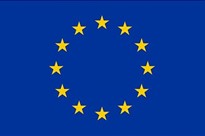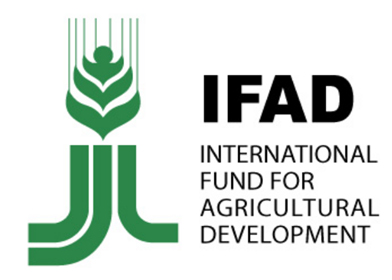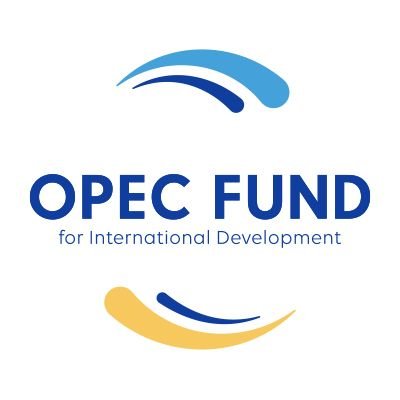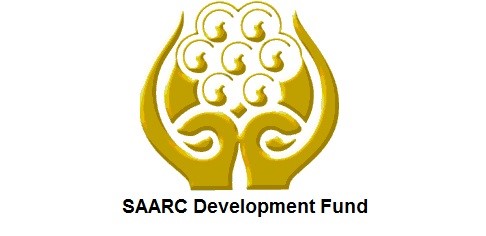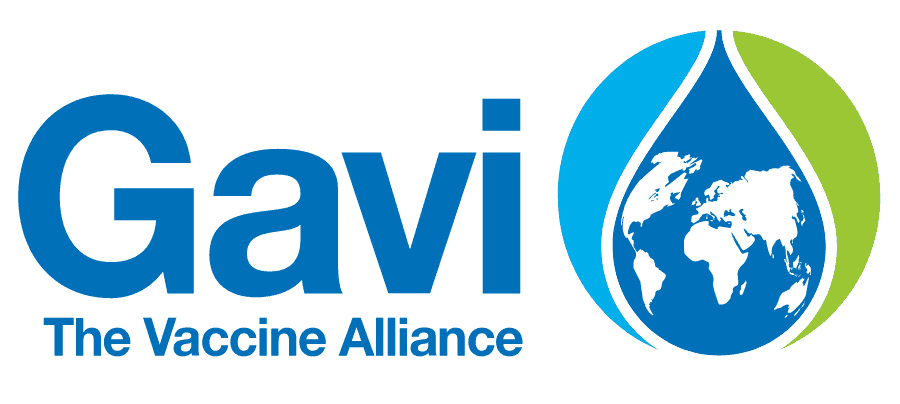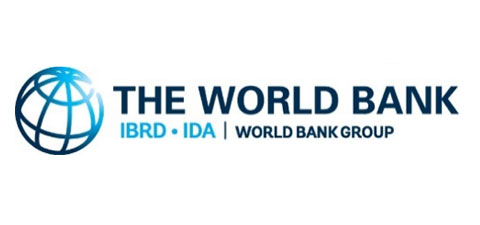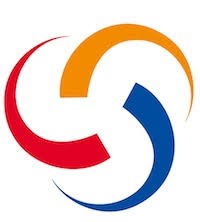
Global Fund to Fight AIDS, Tuberculosis and Malaria
The GFATM was established in 2002 with the aim of rapidly ending AIDS, tuberculosis and malaria as epidemics. Towards this end, the Global Fund has provided US $ 19.2 million to Nepal during the last five-year. Nepal is a Delegate Member of the Global Fund since its establishment.
Organization
The Global Fund to Fight AIDS, Tuberculosis and Malaria (also referred to as the Global Fund, or GFATM) is an international financing institution founded in 2002. It is a public–private partnership organization based in Geneva, Switzerland. The Bill & Melinda Gates Foundation is one of the first private foundations among many donors to provide seed money for the project. The idea of establishing the Global Fund was discussed at a G8 summit in Okinawa, Japan, in 2000. In January 2002, Global Fund came into effect with the aim of accelerating the end of AIDS, tuberculosis and malaria as epidemics.
The Board of the Global Fund meets twice a year on average and makes decisions which are binding to the Board, the Secretariat and in-country partners. In addition, the Board sets strategy, governs the institution and approves all funding decisions. The Board includes members from donor and implementer governments, non-governmental organizations, the private sector, private foundations and affected communities.
The Global Fund is a financing mechanism rather than an implementing agency. This means that the monitoring of programs is supported by a Secretariat of approximately 700 staff in Geneva. Implementation is overseen by Country Coordinating Mechanisms, committees consisting of in-country stakeholders that need to include, according to Global Fund requirements, a broad spectrum of government, NGOs, United Nations, faith-based, private sector and people living with the diseases.
Development Cooperation
Nepal has been a Delegate Member of the Global Fund since its establishment in 2002. In 2006 it was decided that the South East Asian Constituency (comprised of 11 countries of the region) would serve as a single voting member constituency of the Global Fund Executive Board. Since 2009, Nepal has been serving as a Board Member of the Global Fund, with the Minister for Health and Population of Nepal acting as a member with equal rights, and representing the South East Asian Constituency Delegation.
The organization releases funds upon the request of recipient countries through Country Coordinating Mechanisms (CCMs), which are the national committees in each country that submit funding applications to the Global Fund on behalf of the entire country. The CCM does not handle Global Fund financing itself, but is responsible for submitting proposals to the Global Fund.
The Global Fund disburses primarily through the following principal recipients: (1) Family Planning Association of Nepal (FPAN); (2) National Centre for AIDS and STD Control (NCASC); (3) National TB Centre (NTC); (4) Epidemiology & Disease Control Division; (5) Save the Children, an international non-government organization; and (6) United Nations Development Programme, along with the Government of Nepal.
Major Support by Sector
The Following major 3 sectors are the areas of GFATM
- HIV Aids
- Tuberculosis
- Malaria
Disbursement during FYs 2016/17-2020/21 (in US$)
Over the last five-year period beginning from FY 2016/17 to FY 2020/21 period, the Global Fund has disbursed a sum of US $ 19.2 million. The disbursement was at the highest level in FY 2017/18, at US$ 11.8 million. However, the level of flow declined to US $ 0.9 million in 2019/20, less than the annual average disbursement of US $ 3.8 million over the said period.
During the five-year period, the Global Fund had agreed to provide support of US $ 12.5 million to Nepal through separate agreements. The highest level of commitment was made of an amount of US $ 6.7 million in fiscal year 2016.17 whereas the lowest level of commitment was made of US $ 0.05 million in following year 2017/18.
|
Fiscal Year |
Agreement Amount |
Disbursement |
|
2016/17 |
6,789,051 |
1,720,536 |
|
2017/18 |
50,451 |
11,867,980 |
|
2018/19 |
1,724,464 |
1,724,464 |
|
2019/20 |
940,327 |
940,327 |
|
2020/21 |
3,015,332 |
3,015,332 |
Source: Aid Management Information System
Note: The Agreement Amount is not comparable with disbursement because disbursement here accounts for disbursement of each fiscal year only, whereas Agreement Amount refers to the project cost over the period (not only for single fiscal year but also beyond).
Country Partnership Strategy
As the Global Fund does not have country offices around the globe, there is no specific framework agreement for Nepal. However, the recipient countries have to address the three diseases of HIV/AIDS, tuberculosis and malaria with collective efforts to end the epidemics, and this applies to Nepal as well.
As per current global strategy, the Global Fund Strategy 2017-2022, which is based on an ambitious vision to end the epidemics, as a recipient nation we have been applying for funding.
Updated
Social Sector/ IECCD
January 2022
References
- Global Fund: https://www.theglobalfund.org/en/
- Country Coordinating Mechanisms, Nepal: http://ccmnp.org/



